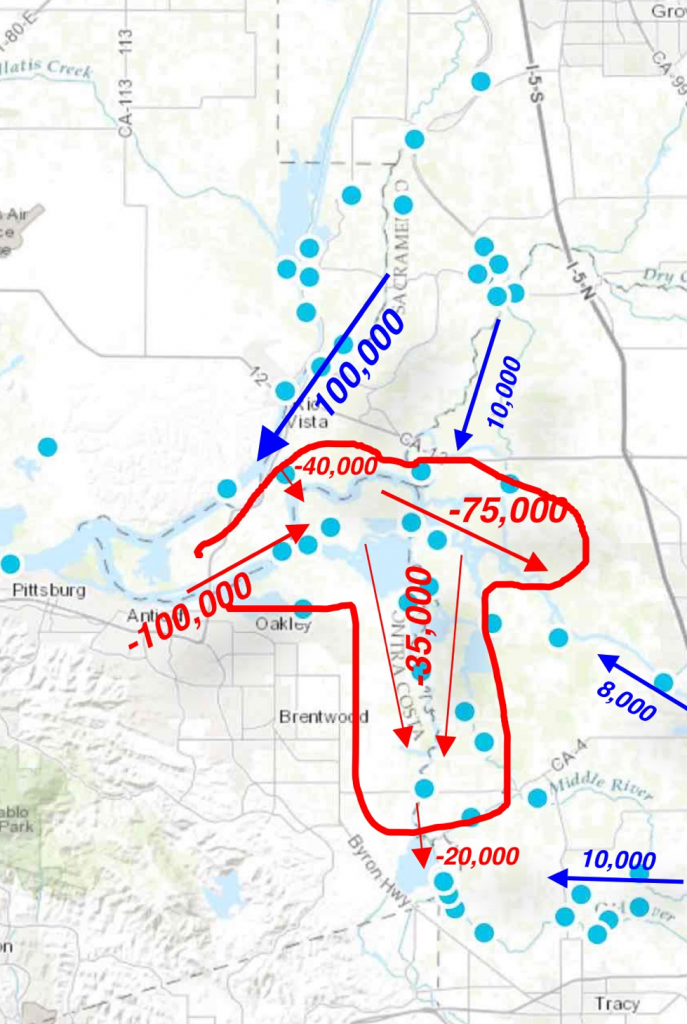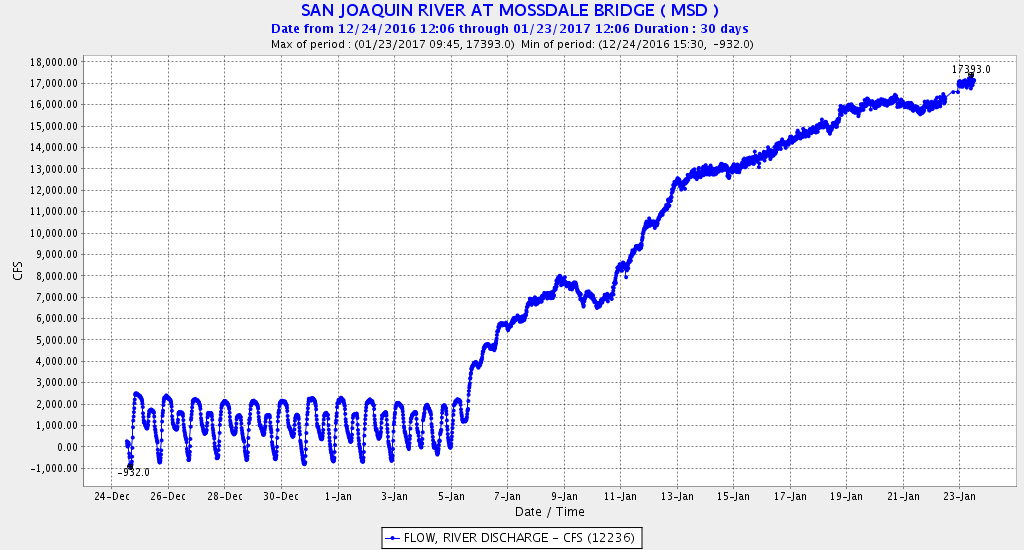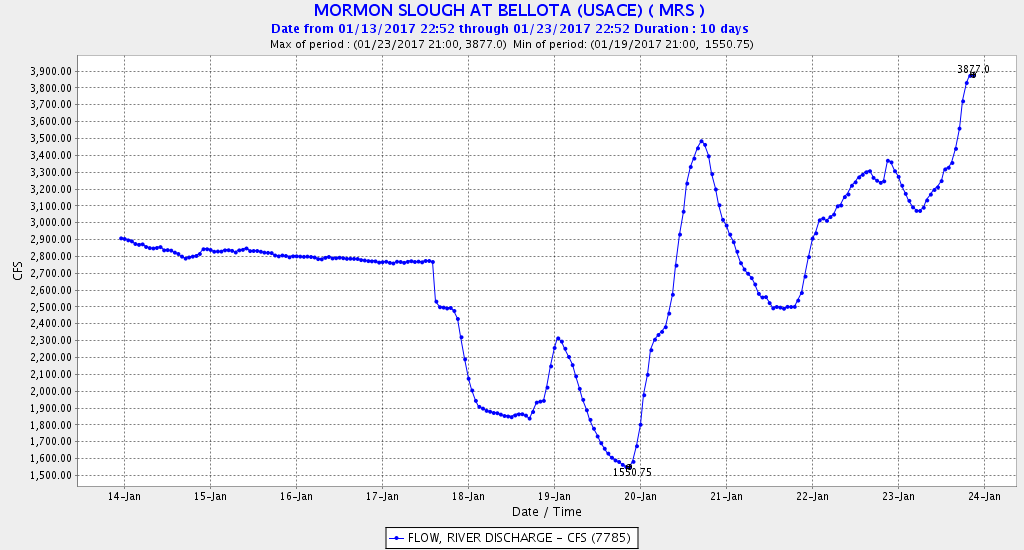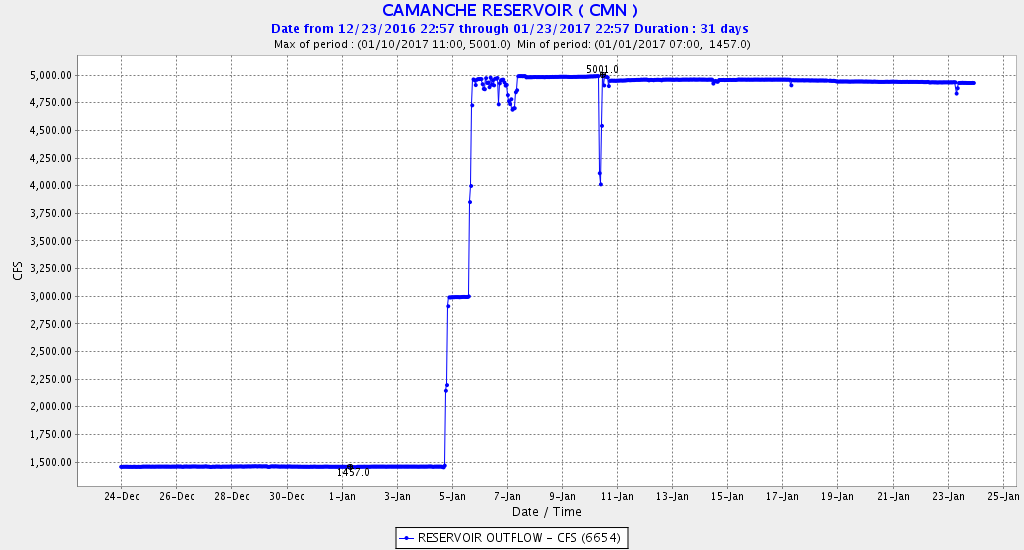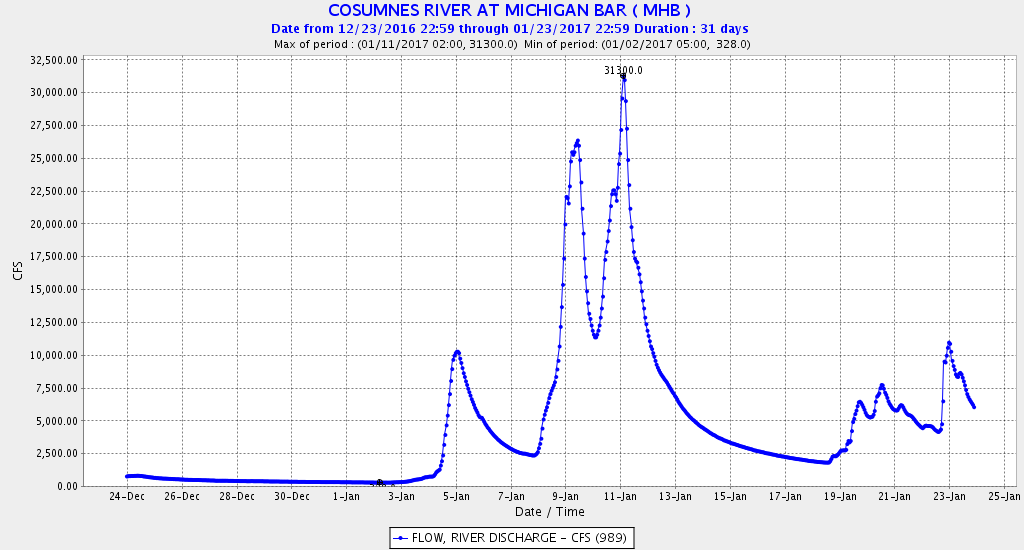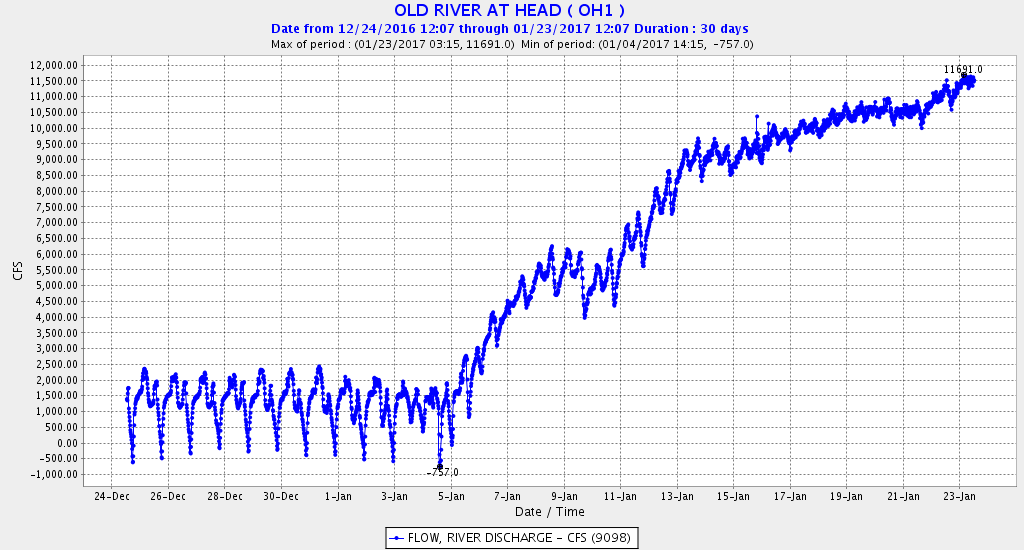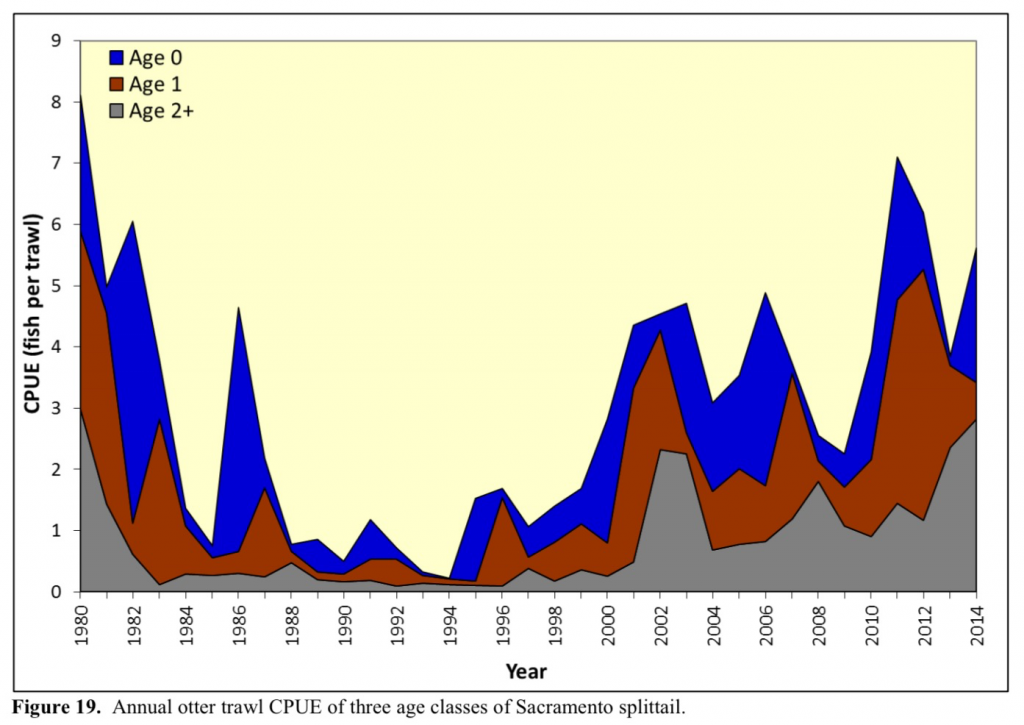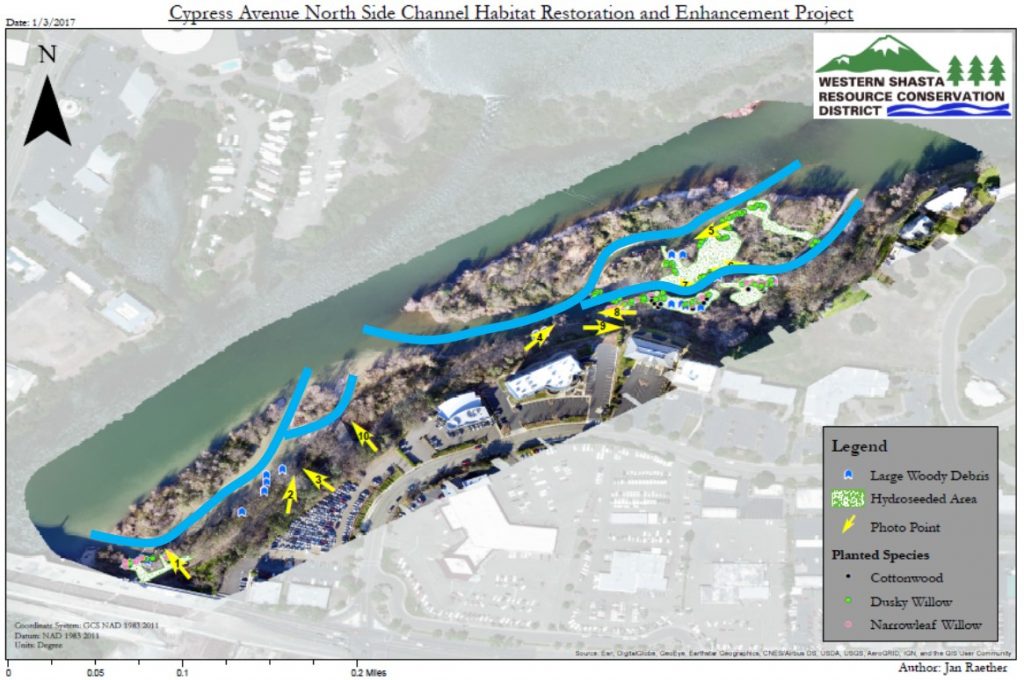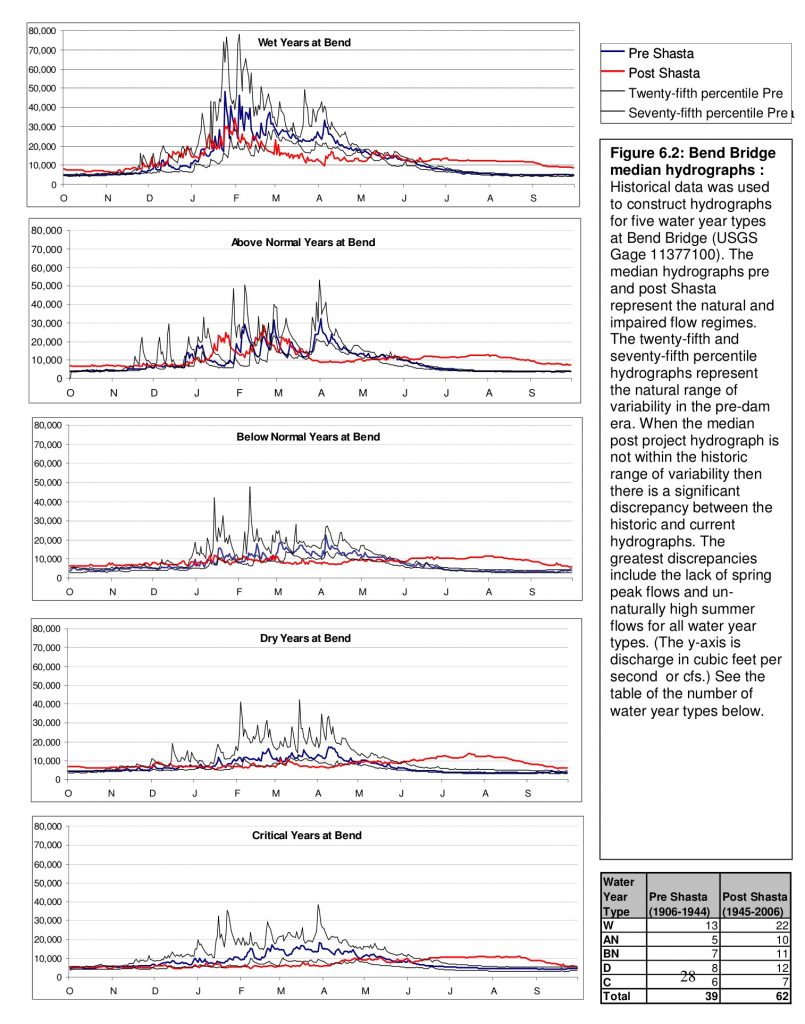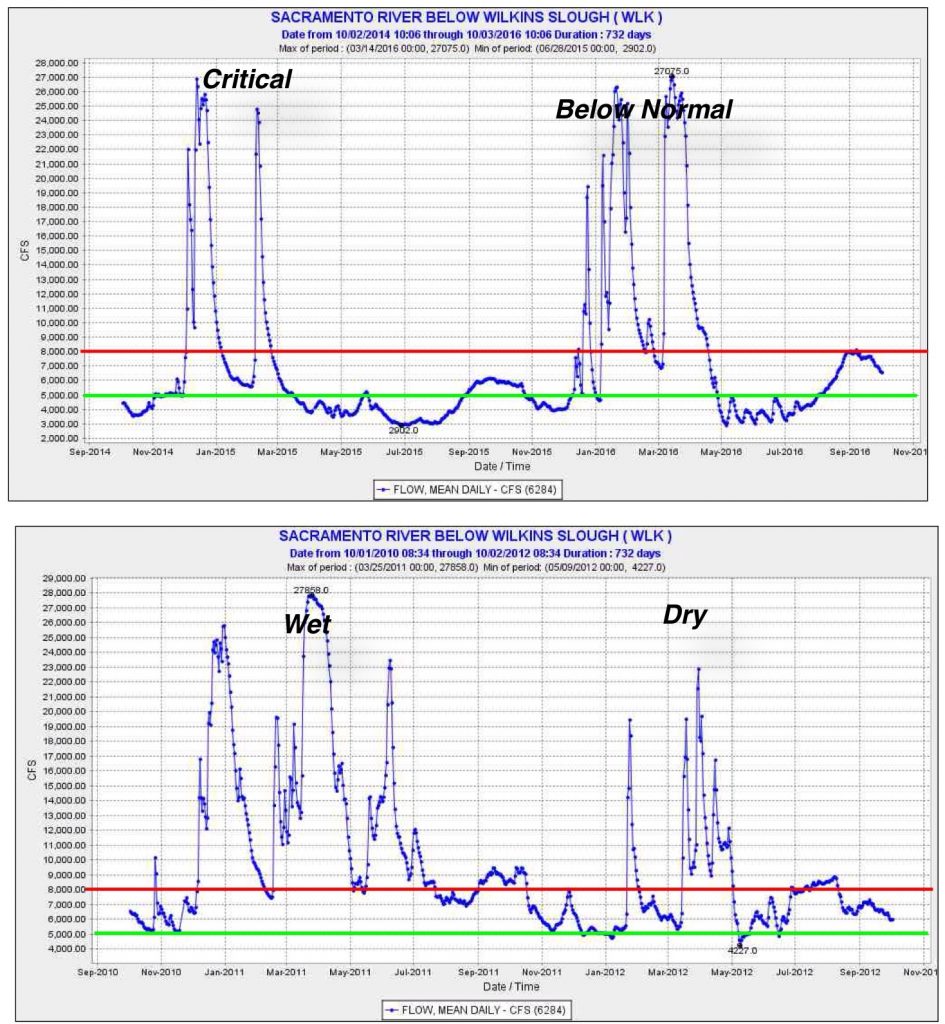 I have written often on Delta science and what has been or could be learned from science to support water management. Yet another biennial Delta science conference, the 9th, was held this past November. This year’s conference theme was: “Science for Solutions: Linking Data and Decisions.” Another year has passed, and more has been studied and learned. More dots have joined the dozens of previous dots in data charts from annual surveys of Delta organisms and habitat conditions. More dots lament the loss of water and habitat. The huge Delta Science Program has progressed yet another year.
I have written often on Delta science and what has been or could be learned from science to support water management. Yet another biennial Delta science conference, the 9th, was held this past November. This year’s conference theme was: “Science for Solutions: Linking Data and Decisions.” Another year has passed, and more has been studied and learned. More dots have joined the dozens of previous dots in data charts from annual surveys of Delta organisms and habitat conditions. More dots lament the loss of water and habitat. The huge Delta Science Program has progressed yet another year.
Opening Talk
In Phil Isenberg’s opening talk, “A Guide for the Perplexed”, the former legislator and former chair of the Delta Stewardship Council suggested that scientists learn to smile more. He asked: “Why should science be involved in policy anyway?” He talked about how policy makers view science. (Obviously, many are perplexed.) He forgot that the universe and Mother Nature are vastly mysterious things, which are often more complicated than human understanding, but sensitive to human actions at the same time. Yes, science is perplexing.
Mr. Isenberg talked about “independent science” and “combat science,” as though they were two different things. To borrow a legal term, science is not self-executing. Then he asked: “How do we know when we are using the best-available science”? His answer: “When it is good enough to avoid doing something stupid.” Clearly, we have yet to reach that point. The problem has been in choosing to do the best thing, not that good choices or unknown or not “available.” He then quoted Churchill: “America will always do the right thing after trying everything else first”. At least we have gotten past the point where we thought the world is flat. It is all very perplexing.
Mr. Isenberg concluded by suggesting: “It’s the notion that scientists live looking farther out than the rest of us do with the gift of foresight that if properly utilized, can inform, educate, and ultimately motivate policy makers.” He forgets that ultimately policy makers must trust scientists to get the job done. Example: the Trinity Project and the atomic bomb in the 1940’s. As long as water managers and policy makers lead the science, the Delta’s problems will not be solved.
The Delta Science Program
Clifford Dahm, former lead scientist for the Delta Stewardship Council, spoke on his Delta Science Program, which was forced upon us in the 2009 Delta Reform Act to ensure water and environmental policy are guided by the “highest caliber” science. He spoke on the program’s Independent Science Board, outsiders who meet once a year to review “our science”. He spoke on their Adaptive Management Program, which ensures that we evaluate everything and learn nothing. He spoke on the program’s efforts to coordinate science and inform decision makers, and to develop and implement the Delta Science Plan and promote the Science Action Agenda. He talked about their modeling efforts: “There’s just a lot of ways that modeling could be moved forward, and I hope that in the next two years, we can actually come back to you and say that some of our modeling efforts have shown greater fruition as time goes on. We were talking about the idea of potentially a modeling center or a co-laboratory to get modelers together.” Those would be the two years after which we will have new water quality standards, new biological opinions, and new tunnel-boring machines in the Delta, as well as several newly extinct native fish species. They would also be the two years after 20 years of effort starting with the CalFed Bay-Delta Program.
A Great Question
U.C. Davis fisheries biologist Peter Moyle then addressed the question: “How has your research program and the data it has produced over the last 35 years been used to develop solutions for conserving aquatic resources in Delta?” He quoted the 1998 Strategic Plan:
This strategic plan, if followed, should lead to an orderly and successful program of adaptive ecosystem restoration…. The Strategic Plan Core Team has high expectations for the Ecosystem Restoration Program. There is no turning back and the team anticipates that in 20-30 years many habitats will be restored, endangered species will become abundant enough to be delisted, and conflicts will be lessened , even in the face of population growth and increasing demands on resources.
In addressing the posed question, he then remarked:
In retrospect, now that almost 20 years has past since that was written, the statement almost seems tongue in cheek because clearly that has not happened. I continue to help write reports that recommend how to improve the Delta ecosystem and frankly I don’t see much progress being made, as the delta smelt trends so eloquently attests… the reality is that the Delta has continued to deteriorate as a habitat for native fishes, despite my research and despite many proposals for solutions.
His experience, like that of so many other long-time Delta scientists, is that few if any of the specific recommendations in the Strategic Plan have been implemented or completed. Science has done its job, and scientists have long awaited action. Policy makers and managers have failed us, not the science.
The use of science in complex public policy decision making
Chair of the State Water Board Felicia Marcus spoke on the use of science in decision making. She suggested to scientists: “Dare to recommend, but don’t decree … Retain your scientific integrity but dare to make recommendations. At the same time, own your power and be responsible with it and have empathy for the decision makers who have to balance, even as you would have them respect you.” This is a very tough sell for scientists who have not been listened to for decades. What will she and her Board do with two more rounds of recommendations on the Delta tunnels and the Bay-Delta Plan? Will her Board be as transparent and methodical in their balancing as the scientists are in making their recommendations?
Chair Marcus further stated:
We’re entering the era of adaptive management that requires all of the above as well as integrating social sciences into our work … To make adaptive management work, we all have to learn how to be better ‘egosystem’ managers in order to be better ecosystem managers in the real world over time, versus lurching from sound bite to sound bite or wringing our hands that other players just don’t get it.
Sorry, but that’s not the problem. It gives the policy makers and the managers too much credit and scientists too little. Very few scientists think that managerial ignorance or lack of cognition is the biggest problem. Rather, it’s that scientists have endured decades of adaptive management in which their lessons and caveats have on the whole been subsumed to the social sciences of politics and economics. There are plenty of scientists throughout the resource agencies and non-profit groups who are extremely articulate and who have great senses of humor and social skills. That hasn’t changed the outcomes: fish and other parts of the Bay-Delta aquatic ecosystem are in crisis, and the agricultural economy and other values against which the ecosystem is “balanced” are thriving.. And that balance sheet is really nothing to smile about.
